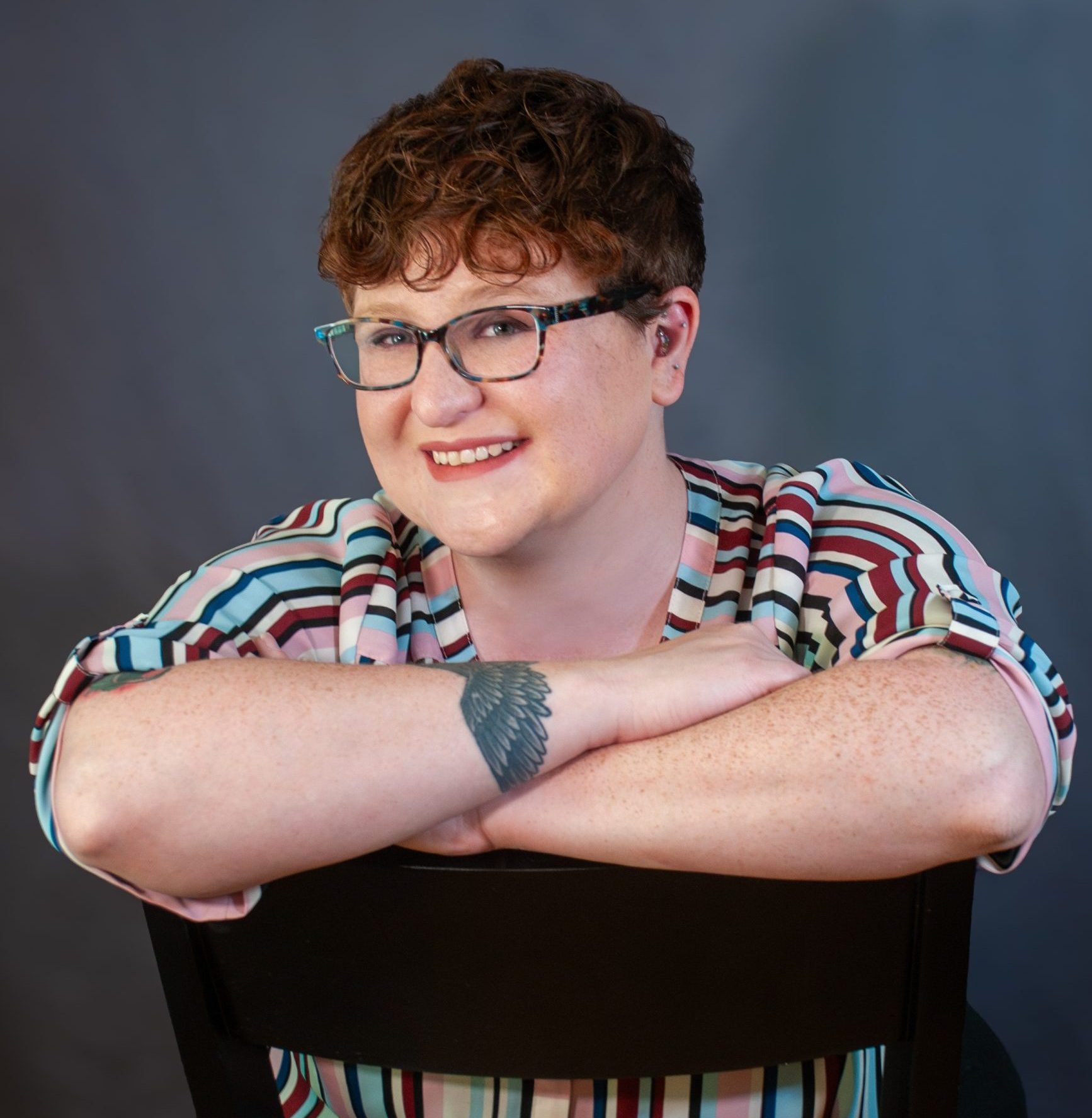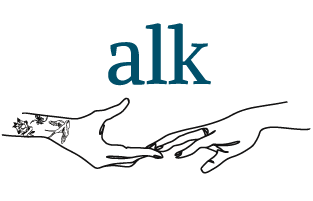
(Queer people have always existed. However, the conversation surrounding how we talk about queer people in history is evolving.
What constitutes “proof” of a queer identity or relationship? What are the ethics of “outing” a historical figure? How do we leave room for queer possibility?
This three part series explores the challenges and opportunities of exploring queer history.
(If you missed them, be sure to check out Part 1: Burden of Proof and Part 2: Out of the Closet)
Part 3: Queer Possibility
While many museums position themselves as experts and visitors expect definitive facts, Margaret Middleton and Danielle Bennett encourage museums to curate and interpret material with “queer possibility.”
When we consider what constitutes “proof” of an LGBTQIA+ identity, we are often missing what lies between the facts. Additionally, we can be hindered by our own bias and experience, completely missing queer themes. When we assess material with “queer possibility” as our lens, we can reveal questions without definitive answers. However, these questions are still relevant to share with visitors.
A terrific example of this is the June 2024 article “Edmonia Lewis: A Queer Life,” published by Historic New England. Edmonia Lewis was a Black and Indigenous sculptor who broke racial and gender barriers in the art world in the mid-1800s. Lewis never married and was never reported to have a romantic relationship (except one fleeting mention of an engagement with no name). However, while working in Rome, she was surrounded by queer women, including actress Charlotte Cushman who was known to have female romantic partners, live independently, and wear masculine attire off-stage. The article presents the possibility that Lewis may have been queer because of her community but also notably points out that, regardless of her gender identity or sexual orientation, her life was in and of itself queer. Lewis’ profession, assumed female gender identity, and biracial experience were at odds with society expectations in similar ways to LGBTQIA+ individuals of the time and today.
This article is a perfect encapsulation of “queer possibility.” By sharing the context and clues, as well as what is not documented, Historic New England has suggested that Edmonia Lewis may have identified as queer rather than not acknowledging the possibility at all, potentially erasing LGBTQIA+ history.
When museums should embrace an “open authority” model by sharing what they know and allow visitors to draw their own conclusions, they are both validating visitors’ identities and involving them in the research process.
How We Tell Their Stories
Sharing queer history is important in strengthening understanding of LGBTQIA+ identities. By rooting queer experience in the past, we are validating this experience as, not an outlier, but an expected form of human diversity.
Whether because queer stories are not told or the ones that are told are traumatic, many queer people feel disconnected from their history. By bringing these stories to life in museums and beyond, we are also validating individual experience. Just as young women are empowered by women of the past, or people of color find solidarity in the stories of their ancestors, telling queer history grounds queer people similarly.
In sharing this history, we must share all that we know and employ a queer lens to revisit what we think we already know. We must present these findings with respect, as well as possibility, so visitors can make their own meaning, both of the subjects themselves and LGBTQIA+ history at large. In making space for queer stories, even those without conclusive evidence or indicators, we are validating the queer experience as integral to the past and present.
Did that example spark some ideas for your museum or organization?
Let’s connect to make those ideas a reality! Book a Discovery Call today.


NOTE ON LANGUAGE: Our understanding of gender identity and sexual orientation has evolved over time. Some of the words we use today, like lesbian, transgender, or nonbinary, were not popular – or even existed – in certain periods of history.
I have elected to use the term “sapphic” to describe people who were perceived as women throughout the majority of their lives and had emotional and/or physical romantic relationships with other people who identified as women throughout a majority of their lives. This includes people who we may today understand as nonbinary or transmasculine, but identified or were perceived as women in their time.
Regarding people who may have been nonbinary or transgender in the contemporary understanding of gender identity, I use the word “gender non-confirming.” This includes people who were known to “cross dress” by wearing clothing considered appropriate for a gender other than that which they were assigned at birth. In some cases, these individuals were doing this to express their nonbinary or transgender gender identity, but may not always have been the case.
BIBLIOGRAPHY:
Baim, Tracy. “Sex, Love, and Relationships.” LGBTQ America: A Theme Study of Lesbian, Gay, Bisexual, Transgender, and Queer History. National Parks Service. 2016.
Biscoff, Libby. “The Mantle of Love and Friendship.” Historic New England, Fall 2018.
Daly, Marilyn Keith, Sam Dinnie, and Ali Kane, Case Study Interview, March 22, 2024.
Dinnie, Sam, Peter Gittleman, and Ali Kane. Case Study Interview, March 18, 2024
Hart, Ellen Louise, and Martha Nell Smith, eds. Open Me Carefully: Emily Dickinson’s Intimate Letters to Susan Huntington Dickinson. Ashfield, Massachusetts: Paris Press, 1998.
Kane, Ali, Sam Dinnie, and Gwen Whiting. Case Study Interview. Personal, February 27, 2024.
Kane, Ali, Sam Dinnie, and Gwen Whiting. Introductory Call. Personal, May 7, 2024.
Streitmatter, Rodger. “The Ethics of Historical Outing.” June 5, 2013. Beacon Broadside. https://www.beaconbroadside.com/broadside/2013/06/the-ethics-of-historical-outing.html
Turino, Kenneth C. “The Varied Telling of Queer History at Historic New England Sites.” Essay. In Interpreting LGBT History at Museums and Historic Sites, 131–39. Lanham, MD: Rowman & Littlefield Publishers, 2014.

Super helpful article, Ali. I’m always grateful for interpretation that allows for possibility. Possibility is such a powerful word and concept. It’s one we talk about constantly in Visual Thinking Strategies work.